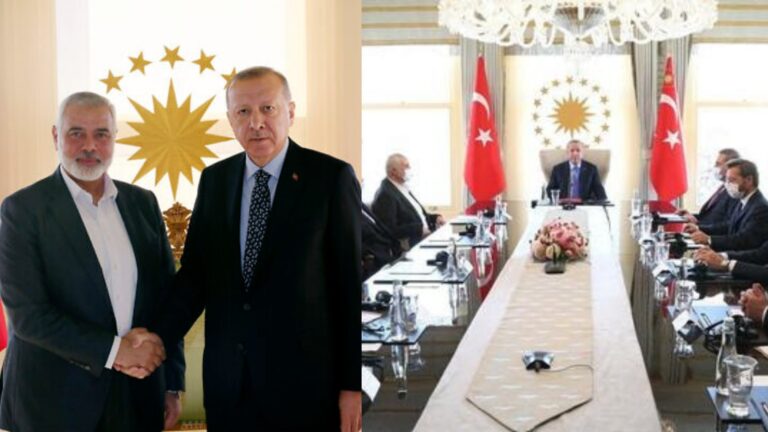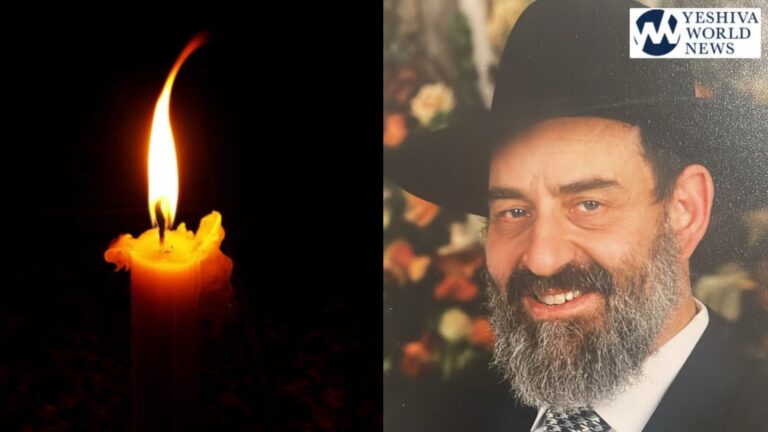 Intelligence agencies that have succeeded in thwarting many of al-Qaida’s plans for spectacular attacks are struggling to combat the terror network’s strategy of encouraging followers to keep to themselves, use off-the-shelf weapons and strike when they see an opportunity.
Intelligence agencies that have succeeded in thwarting many of al-Qaida’s plans for spectacular attacks are struggling to combat the terror network’s strategy of encouraging followers to keep to themselves, use off-the-shelf weapons and strike when they see an opportunity.
In recent weeks — at the Boston Marathon, in the streets of London and in the shadow of one of Paris’ most recognizable monuments — young men allegedly carried out attacks with little help, using inexpensive, widely available knives and explosives from everyday ingredients. In each of the attacks, suspects had previously been flagged to law enforcement and deemed not to be a priority.
A tough debate is raging within the intelligence community — previously focused on searching for al-Qaida cells — on how to assess red flags without violating basic liberties.
Confronting an overwhelming sea of mostly harmless individuals who act suspiciously, authorities are still struggling with questions about how and how much to keep tabs on people who spout jihadist rhetoric online or buy material that could be used to make explosives — or something innocuous.
A French government report last week recommended a radical new approach in light of the 2012 terror in which a French-born radical Muslim attacked French paratroopers and a Jewish school in Toulouse, killing seven people. It called for an overhaul of the country’s intelligence networks to combat the rising threat of militants working alone outside established terror networks.
One of the report’s advisers, academic Mathieu Guidere, said last week’s attack showed that intelligence services haven’t learned their lesson.
“They’re not originally made for fighting against this kind of threat. They’re intended to fight against cells, against groups, against organizations, but not against individuals,” he said. “It’s a question of adapting. That’s why there are the same errors in Boston, London and France. There was identification — but not detention — before the suspects passed into the realm of action.”
Easier said than done, counters David Omand, who served as Britain’s first security and intelligence coordinator.
“No reliable psychological test or checklist has been devised that can predict when such an individual may tip over into actually taking violent action,” Omand said in an emailed response to questions from The Associated Press. “Short of a police state on East German lines the number of such individuals who can be subject to very intensive surveillance sufficient to detect preparations for violent action is but a small proportion of the total — and of course individuals can flip quickly even where they have been checked out previously.”
Still, British, French and American officials are re-examining whether opportunities might have been lost in the run-up to the recent attacks.
Guidere and other analysts say rapidly evolving technology and better recruitment of intelligence officers should allow authorities to better track patterns of dangerous behavior.
Peter Felstead, editor of IHS Jane’s Defense Weekly, said the problem is the vast quantity of information that needs to be sifted through.
“This is an area where the power of modern technology and traditional human intelligence and tradecraft need to be melded together, so that incidences of behavior that are not immediately apparent in isolation can be identified as part of a larger pattern,” Felstead wrote in an email.
For its part, the U.S. government has emphasized that local communities are most likely to spot unusual or suspicious behavior, and has encouraged more outreach to communities that might be vulnerable to radicalization. The federal government has led a nationwide suspicious activity reporting campaign and trained local police to identify potential terror-related activities.
“The best way to prevent violent extremism inspired by violent jihadists is to work with the Muslim American community — which has consistently rejected terrorism — to identify signs of radicalization and partner with law enforcement when an individual is drifting toward violence,” President Barack Obama said in a recent speech.
Clearly, al-Qaida has placed a big bet on the lone wolf model as its own best hope of success.
The first issue of al-Qaida’s in-house magazine, Inspire, in 2010 called on recruits to avoid plotting with others, to strike near home and to use whatever weapons were at hand. In all three recent attacks — allegedly by young radical Muslims in the U.S., Britain and France — that advice seemed to be followed nearly to the letter.
Outside Paris, a young Frenchman who converted to Islam in his late teens was arrested Wednesday on suspicion of stabbing a soldier with a locally purchased pocketknife in the La Defense business area, near a modernized version of the Arc de Triomphe. Intelligence officials had been tracking the suspect, 22-year-old Alexandre Dhaussy, for several years. But the intelligence — including his refusal in 2011 to take a job that would place him in contact with women and preaching on the street in 2009 — never got bumped up to a national level, according to a statement by the French National Police headquarters late Wednesday.
He simply didn’t “fit the profile of a jihadist,” said France’s highest security official, Manuel Valls.
In London, a British soldier was hacked to death by two attackers, including one who still held a meat cleaver in his bloody hands as he ranted to passers-by on camera. Both suspects in that killing were on the radar of Britain’s domestic spy services and one had been arrested in Kenya for allegedly trying to fight in Somalia, but investigators have said it would have been impossible to predict their potential for lethal violence.
And in mid-April two brothers inspired by radical Islam allegedly set off homemade bombs at the finish line of the Boston Marathon, killing three people and injuring more than 260. The elder brother — killed in a police shootout — had been investigated by the FBI at Russia’s request, and deemed not to be a significant threat.
But the pattern of suspects in terrorist attacks having been investigated and discarded as serious threats is certainly nothing new.
After the 2005 suicide bombings in London that killed 52 people during morning rush hour, a parliamentary report found that at least two of the men had been on the periphery of other surveillance and investigative operations.
“Some significant changes were put into place after the July 7 suicide bombings,” said a British security official who refused to elaborate and spoke only on condition of anonymity because he was not authorized to speak about operational issues.
“And like the 2005 attacks, we are again looking to see if anything different could have been done.”
(AP)










